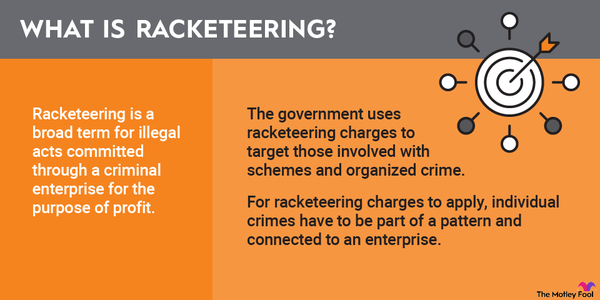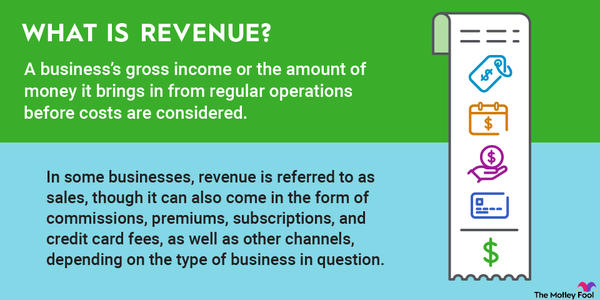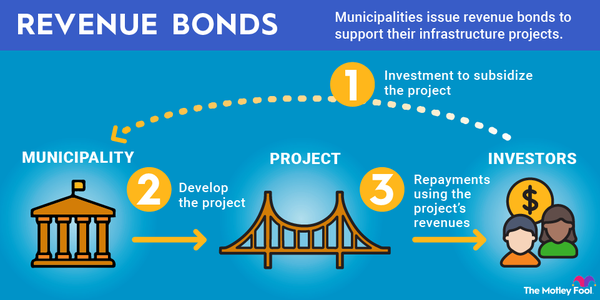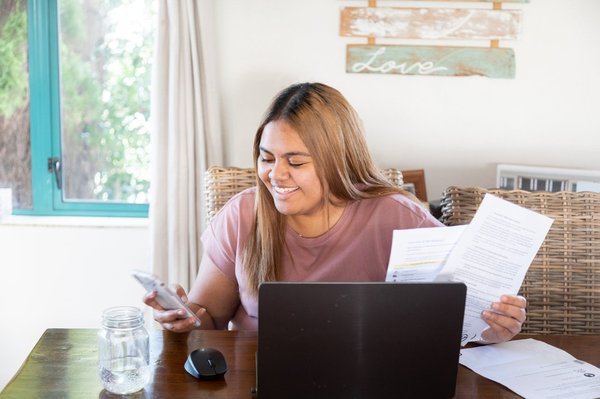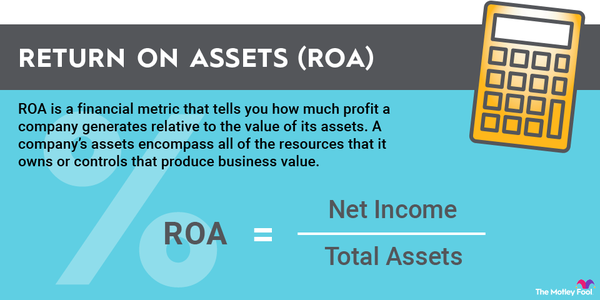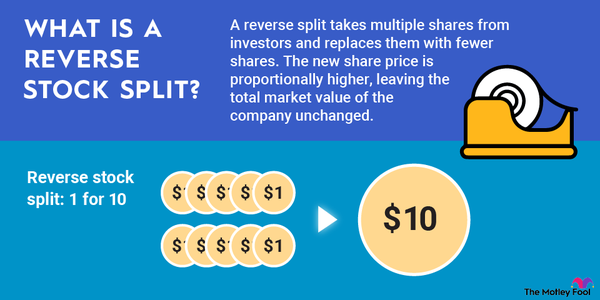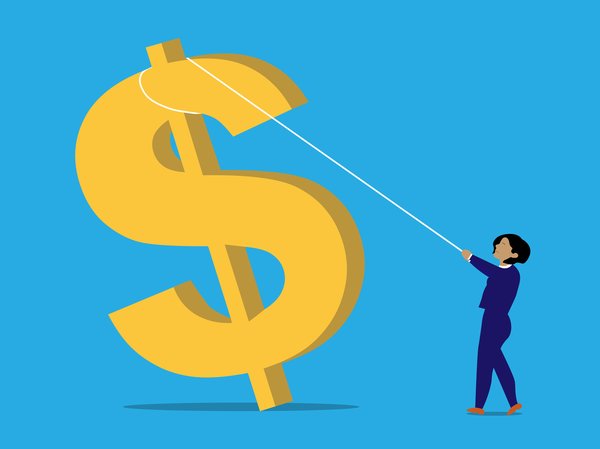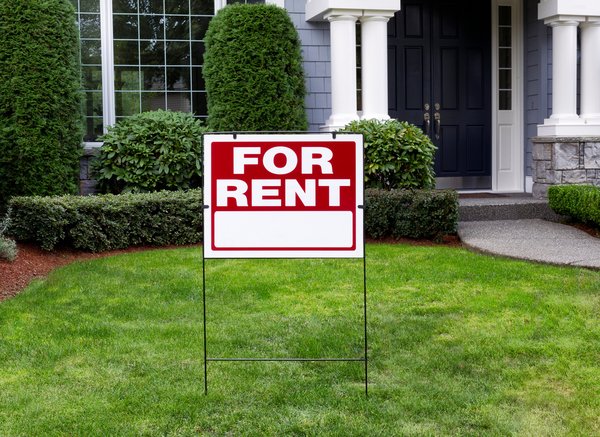Americans are getting older, and with high housing costs and interest rates, they’re mostly staying in their houses. One option for cash-strapped seniors is a reverse mortgage, which allows homeowners older than 62 to receive payments from equity in their homes until they sell the home or die. We’ll break down the history of reverse mortgages, their pros and cons, and provide an example of how they work.

What is a reverse mortgage?
What is a reverse mortgage?
If you’re a homeowner older than 62 and have significant equity in a well-maintained primary residence -- usually at least 50% -- it’s possible to obtain a reverse mortgage. Simply put, it’s a loan that allows you to borrow against the equity in your home.
Home equity conversion mortgages, or HECMs, are the most common type of reverse mortgage. These loans are guaranteed by the Federal Housing Administration (FHA).
Reverse mortgages add to the balance of an original mortgage. Borrowers receive either a lump sum or monthly payments for their equity and remain responsible for paying property taxes, insurance, and maintenance. The lender benefits from interest and fees on the growing mortgage balance and can recoup the original investment when the borrower, dies, sells the home, or moves out permanently.
About 80% of older Americans are homeowners, and the median homeowner age 65 or older held $250,000 in equity in their home. Despite favorable numbers, reverse mortgages have declined in popularity. During the first six months of 2024, fewer than 20,000 homeowners applied for an HECM; the figure peaked in 2009 at more than 115,000 reverse mortgages.
Advantages
Advantages of a reverse mortgage
After obtaining a reverse mortgage, homeowners don’t need to make monthly mortgage payments and can stay in their existing home. That can be a significant relief for senior citizens living on fixed incomes. The loan only has to be repaid when the home is sold, or the owner dies or hasn't lived in the home for at least 12 months.
Along with not having to make monthly mortgage payments, reverse mortgages can provide homeowners with cash that can be used to cover extraordinary medical bills, expensive home repairs, or other financial emergencies.
Homeowners can structure reverse mortgages to meet their financial needs, getting the money in a single payment, monthly installments, or as a line of credit that can be drawn upon as needed.
Finally, reverse mortgages are nonrecourse loans, which means the homeowner will never owe more than the value of the home when it’s sold. The lender is on the hook for the balance if the sale price is less than the loan balance.
Disadvantages
Disadvantages of a reverse mortgage
The most obvious drawback of a reverse mortgage is that it erases equity built over time. This can have a significant impact on heirs, who will generally be responsible for selling the home after its owner has died.
Reverse mortgages also can be expensive and complex. Origination fees, closing costs, and insurance premiums can cut into the equity and reduce the amount available to the homeowner. Since terms can be complicated, it’s easy for homeowners to struggle with the emotional and financial burden of increasing debt at an advanced age.
Homeowners who take out reverse mortgages also still must pay property taxes, insurance, and maintenance bills -- all of which can be extremely expensive and in some cases, account for more than half of their original mortgage payment. If taxes and fees aren’t paid, or the home isn’t maintained, the home can go into foreclosure.
Example
Example of a reverse mortgage
Bob is 80 years old and owns a home valued at $500,000 that's fully paid off. Bob is lucky enough to find a reverse mortgage with an adjustable rate of 4.41% that can go no higher than 9.41%.
Because the lender doesn’t want to be stuck with a bill in case the eventual sale of the home is less than the amount of the loan, Bob will need to pay 2% of his home’s value for insurance provided by the FHA. In addition to the $10,000, we can assume he’ll have to pay about $3,000 for a property appraisal, legal fees, and other costs.
The lender decides that Bob can borrow $281,500 against the value of his home, minus the $13,000 in fees due at closing. Bob gets a check for $155,900 immediately and arranges for the remaining $125,600 to be deposited in his account after 12 months.
Related real estate topics
Bottom line
Bottom line on reverse mortgages
For many cash-strapped seniors, reverse mortgages can be a lifeline that provide some degree of financial security at an advanced age. Although the Consumer Financial Protection Bureau (CFPB) reported in 2021 that fewer than 1% of consumer complaints involved reverse mortgages, scams aimed at older Americans are endemic. The CFPB, Federal Trade Commission, and National Council on Aging, among others, all urge seniors to obtain counseling and think carefully before committing to borrow against an asset that’s usually their greatest source of wealth.


